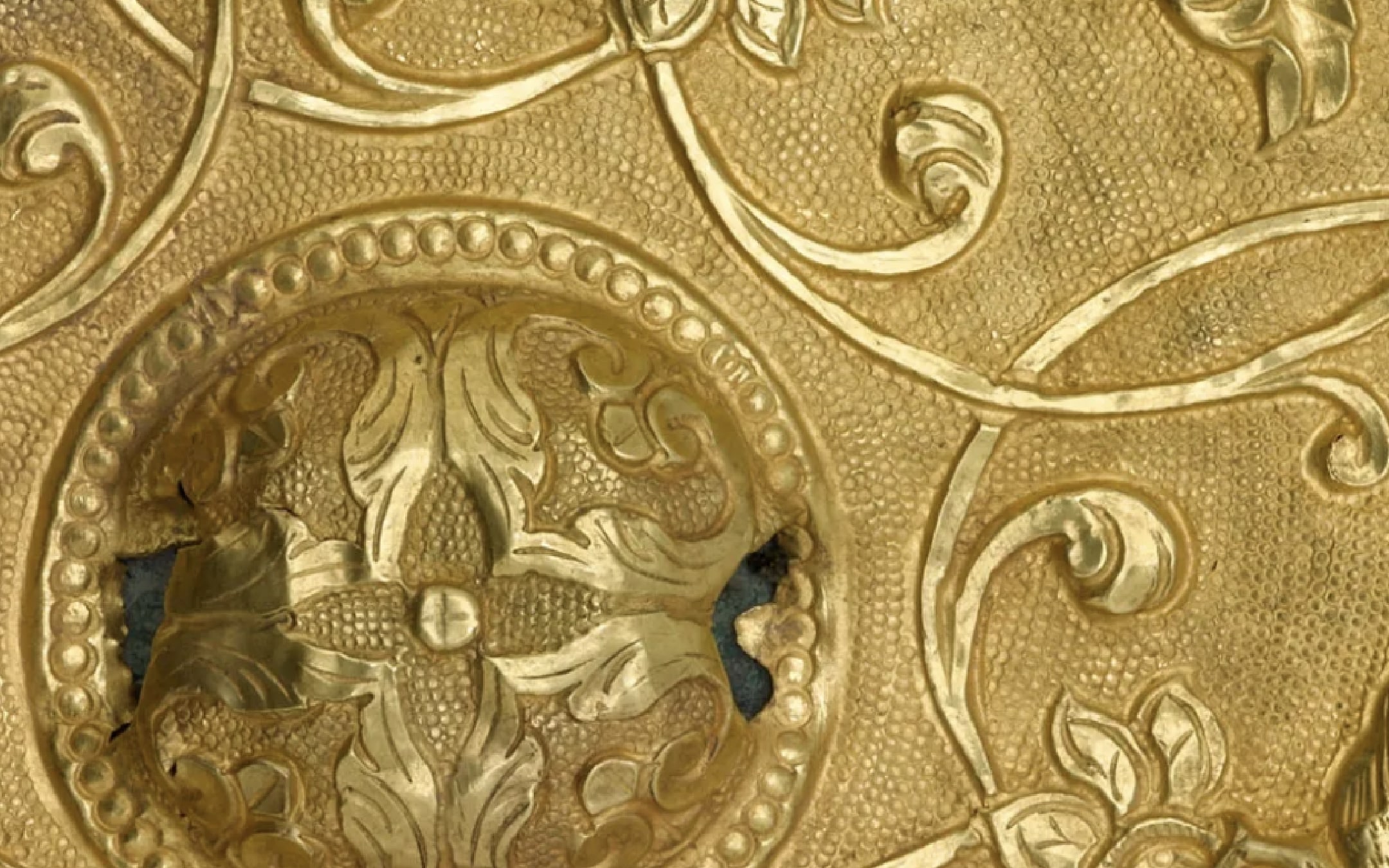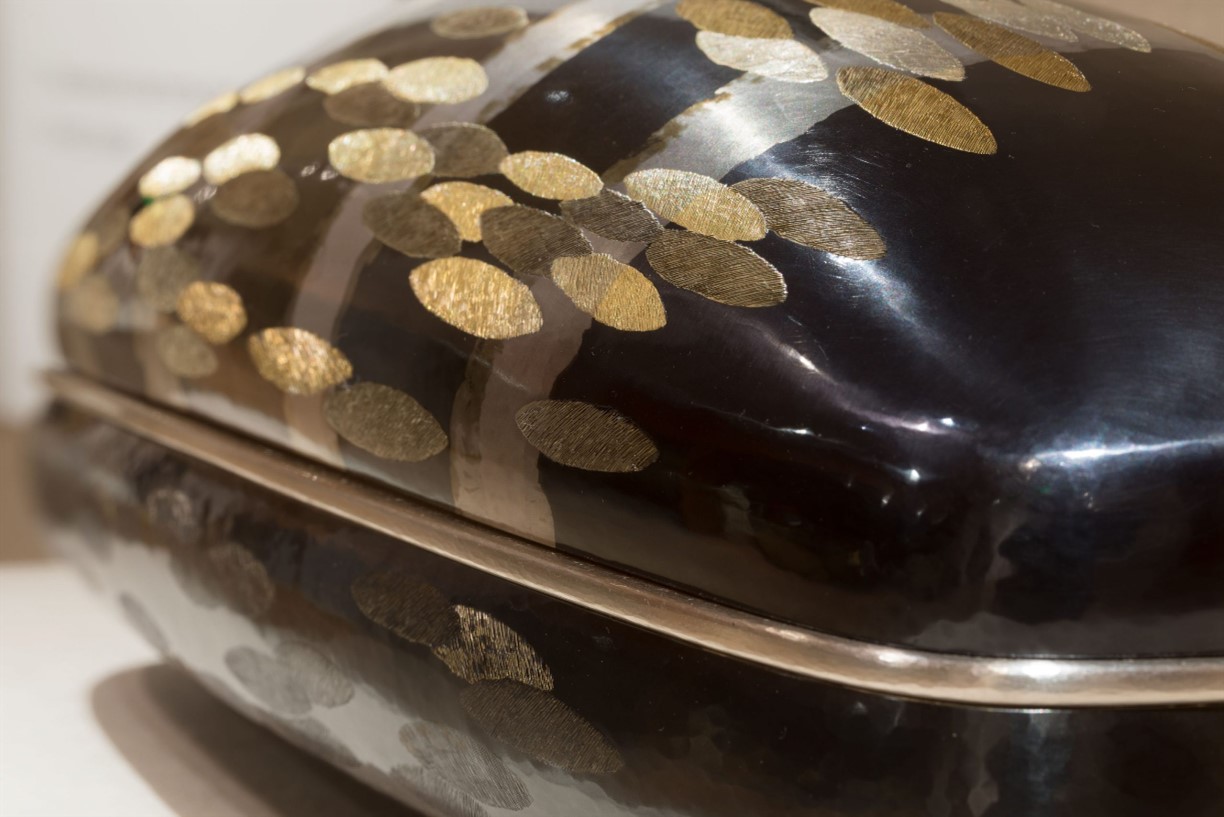Description
Register here
Contemporary Japanese metalwork artists often draw on a combination of traditional and newer techniques to create colorful designs. The patina on the surface of these objects, which may include alloys of silver, copper, gold, and other metals, gives them a unique aesthetic and must be protected from the environment and handling. Artists therefore apply coatings that range from historically used waxes to modern polymers. In this talk, conservation scientist Matthew Clarke will discuss a recent study in which different coatings were applied to shibuichi, a silver-copper alloy, to understand how each material may change and inform conservation decisions.
This talk is part of the monthly lunchtime series Sneak Peek: New Research from the National Museum of Asian Art, where staff members present brief, personal perspectives and ongoing research, followed by discussion. This year, the series focuses on the theme of journeys—those that works of art depict and those they have undergone—in the collections of the National Museum of Asian Art.
Matthew L. Clarke is a conservation scientist at the Smithsonian’s National Museum of Asian Art. His primary research has included the analyses of photographs, jades, paintings, and coatings. His studies both at NMAA and previously at the National Gallery of Art have focused on the use of measurement science and chemical analyses to understand the composition of cultural heritage materials and the impact of conservation treatment.
Cost
Free
Topics
Lectures & Discussions, Webcasts & Online
Event Series
Sneak Peek: New Research from the National Museum of Asian Art 2023


